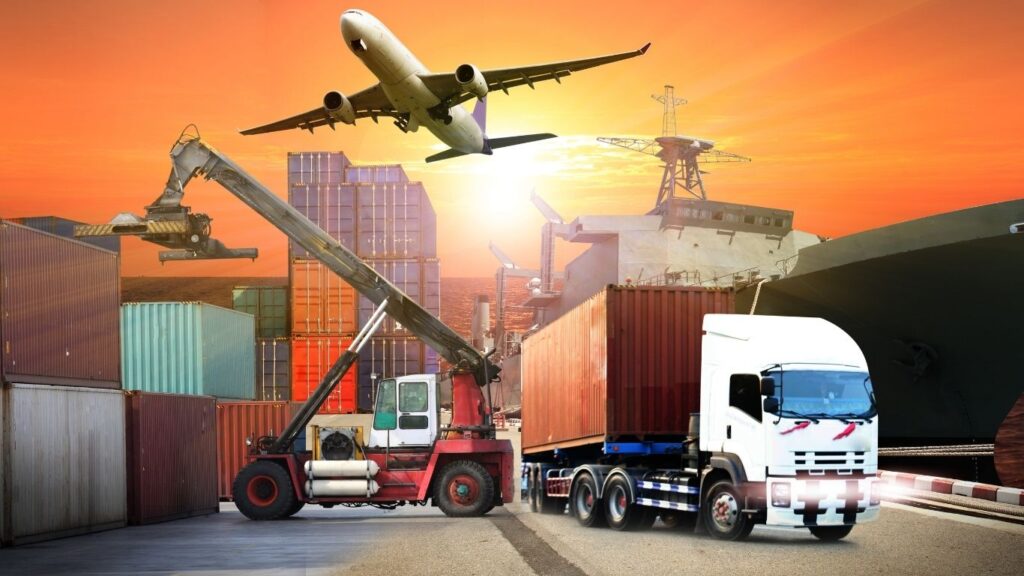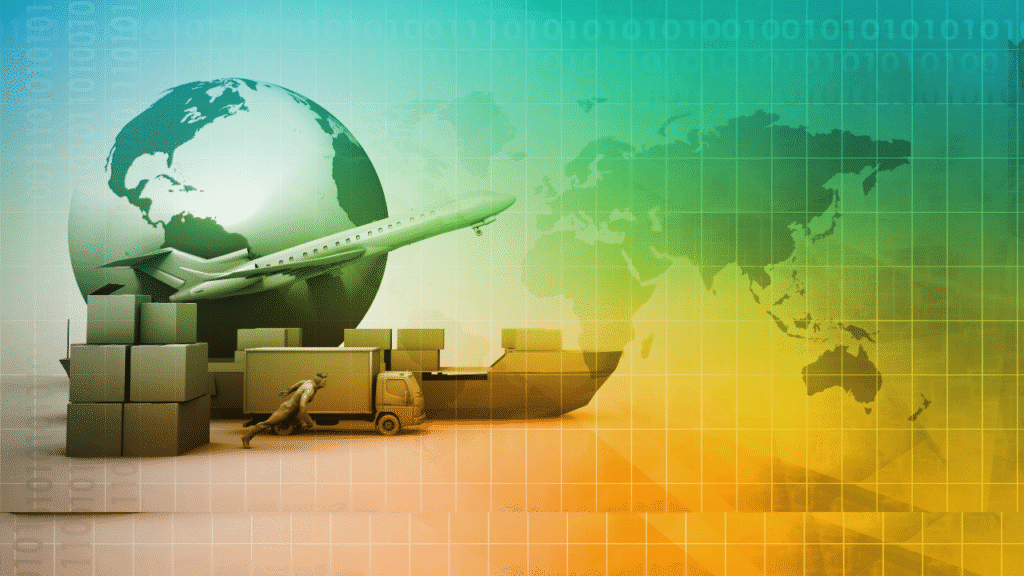Introduction
Fastness means everything in logistics. Since the time of loading and unloading cargo, warehouse operations have been and would always remain the heart of any supply chain. So, with changed and developed times, warehouse management systems are calling for an alternative method one where data science, automation, and machine learning combine to optimize warehouse operations like never before.
With the power of AI, one can optimize warehouse functioning by streamlining warehouse processes, enhancing inventory accuracy, decreasing scope for human error, and reducing operational costs. Having said that, this article attempts to explore the integration of AI in warehouse systems, technologies being used, advantages, disadvantages, and the future of AI in warehouse management.
What Is AI in Warehouse Management?
AI in warehouse management refers to creating intelligent systems that automatically control and optimize warehouse operations with the help of artificial intelligence and machine-learning-based algorithms. These intelligent systems have the power to analyze data, establish patterns, and finally take action with the least or no human assistance.
AI solutions are usually developed as extensions to Warehouse Management Systems (DMRMS), Inventory Management Software, Robotics, and IoT (Internet of Things) applications for productivity and accuracy with flexibility and scalability.
Major Technologies Supporting AI in Warehouses
1. Machine Learning Algorithms
AI refers to machine learning (ML), which learns from past data and makes predictions on future occurrences, like some dumb varieties of forecasting demand, reorder levels, and seasonal inventory shifts.
2. Computer Vision
An eye to see and capture the world besides identifying objects would also pinpoint damage in goods and carry out visual inventory audits over cameras and sensors powered by artificial intelligence.
3. Robotic Process Automation (RPA)
The speed and accuracy of warehouse robots are very high, and they all do the same things: sorting, picking, and packing.
4. Internet of Things (IoT)
To maximize product handling and storage, smart sensors also provide real-time data about stock levels, temperature, and humidity.
5. Natural Language Processing (NLP)
AI is able to hear and understand voice commands and carry them out; this further improves coordination in warehouse operations and task distribution.
Benefits of AI in Warehouse Management
1. Improved Inventory Accuracy
AI-based systems can monitor inventories in real time, which prevents discrepancies and out-of-order conditions. Thus, business order deliveries are made right on time to satisfy customer orders.
2. Decreasing Labor Cost
With the automation of more mundane tasks such as picking, sorting, and packaging, AI greatly reduces the need for manual labor, resulting in cheaper running costs.
3. Rapid Order Fulfillment
AI-based robotic systems can cut an order cycle time for a 24-hour operation by factors of order picking, packing, and delivery time, thus improving respect for delivery and customer satisfaction.
4. Predictive Maintenance
Supporting maintenance activity with its predictive capability, AI can spare the warehouse from unwanted machine downtime.
Real-World Applications of AI in Warehouses
1. Amazon’s Robotic Warehouses
AI uses a combination of AI and robotics in its fulfillment centres. Kiva robots move inventory pods to human pickers to reduce walking time and make the process more efficient.
2. Walmart Predictive Inventory
Walmart uses AI algorithms to forecast demand, track shelf inventory, and even analyze customer purchasing behavior to optimize stock levels.
3. The Smart Warehouse of Alibaba
Report by Cainiao Network, Alibaba makes use of robotic arms and AGVs along with AI-powered scheduling software to process more than one million packages every day with minimal human intervention.
Challenges to the Implementation of AI in Warehouse Management
1. High Initial Investment
Massive investments will be required initially in software, hardware, and employee training in AI technologies. This poses a barrier to the short and medium enterprises.
2. Integration Complication
For legacy systems, the process of bringing AI may prove to be challenging: it will require a lot of preparatory work, API compliance, and custom development in many cases.
3. Data Private Concerns
AI needs lots of data to work. With this high demand, one must address privacy issues, especially in highly regulated industries.
4. Job Displacement
The threat of automation is displacement into jobs, which could cause anxiety among workers in warehouses. Companies need to develop a balance between technology and jobs.
AI and Warehouse Automation: Cementing the Bond
Warehouse automation refers to the use of machines and software solutions to perform tasks with minimal input from humans. When augmented by AI, automation is further enhanced to provide smart, flexible, and highly scalable solutions.
AI-Enabled Applications in Automation:
- AI-powered drones for inventory counts
- Vision-enabled conveyor belts that automatically route items
- Dynamic picking systems that change based on order priority
- Voice assistants that guide workers in picking and packing
AI in Supply Chain and Logistics
The advantages of AI in warehouse management create ripples throughout the entire supply chain.
AI Enhancements Across the Supply Chain:
- Routing: The most efficient delivery routes are identified by AI-based logistics applications.
- Supplier management: AI predicts risks coming from suppliers and evaluates carrier performance.
- Returns: AI powers streamlined authorization and restocking processes. The avenues of artificial intelligence in warehouse management
Assess Your Operations
Understand where your problems are, for instance, inventory inaccuracies, slow order fulfillment, and high labor costs.
Set Clear Objectives
Whether it would be to reduce errors, increase profits, speed orders, or do all three.
Implement The Right AI
Search for WMS platforms that, as built-in features, offer AI or that can seamlessly integrate with AI modules.
Spend Money on Infrastructure
Make sure the warehouse has a good Wi-Fi connection, sensors, and up-to-date computing hardware.
Train Your Workers
Training should be conducted regularly to help the team adapt to AI tools.
Measuring and Optimization
Put your AI dashboards in the areas of monitoring KPIs like order accuracy, pick rates, and downtime, and then tweak the process accordingly.
Most Popular AI Tools In 2025 For Warehouse Management
- Locus Robotics
- Fetch Robotics
- GreyOrange
- 6 River Systems
- Zebra Technologies
- Manhattan Associates AI Intermediate WMS
Cost-Benefit Analysis
Factor Traditional Warehouse AI-Powered Warehouse
Labor Cost: Very Expensive, Reduced
Order Accuracy Moderate Very Good
Speed Average Fast
Scalability Limited Scalable
Maintenance Reactive Predictive
ROI Slow High (within1-2 years)
Industries Benefiting from AI in Warehouse Management
- E-commerce
- Pharmaceuticals
- Food and Beverages
- Retail
- Automotive
- Electronics
These industries require exact inventory controls, temperature-sensitive storage, and rapid order fulfillment—all of which are perfectly available for AI optimization.
Conclusion
The future of logistics is smart, adaptive, and self-optimizing systems—and AI is spearheading warehouse management in that direction. AI makes one of the largest competitive advantages in cost, fulfillment, accuracy, and customer satisfaction in the small distribution center or global supply chain.
Challenges still exist, including the high costs of implementation and workers adapting to the technologies, but returning much more profit than these hurdles will be worth in the long run. The warehouses that are using AI will ‘leapfrog’ those that are still in 2025 and beyond in the advanced methods.
Key Points to Remember:
- AI is a major enabling technology for inventory accuracy and labor cost reduction.
- The AI warehouse is the synergy of machine learning, IoT, and robotics.
- It lies at the heart of automation in warehousing and logistics.
- AI adoption is soaring through the various sectors of the economy.
- AI would provide scalable, efficient, and data-driven operations.



